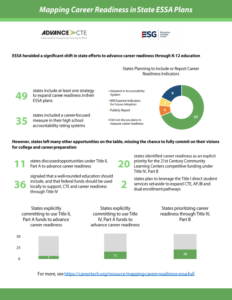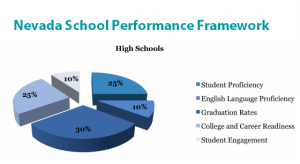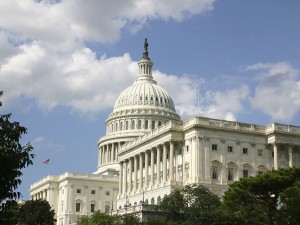 This year marked a pivotal moment for K-12 education. With the passage of the Every Student Succeeds Act (ESSA) in 2015, state leaders have spent the last two years reexamining and strategizing they way they deliver K-12 education. Now that the last ESSA plans have been written and submitted, we finally have a national picture of state priorities for education, including how K-12 education systems will support and reinforce career preparation opportunities.
This year marked a pivotal moment for K-12 education. With the passage of the Every Student Succeeds Act (ESSA) in 2015, state leaders have spent the last two years reexamining and strategizing they way they deliver K-12 education. Now that the last ESSA plans have been written and submitted, we finally have a national picture of state priorities for education, including how K-12 education systems will support and reinforce career preparation opportunities.
One of the key priorities for ESSA is alignment and conformity across different federal and state systems. ESSA gives states the flexibility to hold schools accountable, measure student outcomes, and provide supports and technical assistance in a way that is aligned with their own priorities. States are encouraged to streamline services across Career Technical Education (CTE), workforce development and higher education and truly support learners to achieve career success.
Today Advance CTE and Education Strategy Group released an update to Career Readiness & the Every Student Succeeds Act: Mapping Career Readiness in State ESSA Plans. The report examines state plans in all 50 states and the District of Columbia to see how states are taking advantage of key opportunities to support career readiness. Overall, two key takeaways rise to the surface:
- With 49 states including at least one strategy to expand career readiness in their ESSA state plans — and 35 going as far as adopting career readiness indicators in their accountability system — this is a watershed moment for career readiness.
- However, states left many opportunities on the table, failing to fully leverage all that ESSA has to offer. Nevertheless, a plan is just that — a plan. Given the right vision and commitment, states have considerable leeway to go beyond the letter of their plans and make career readiness a priority, and a promise, for all.
Kentucky’s plan, for example, draws on economic priorities to undergird accountability and supports across each of the different titles in the law. The plan describes the five key industry sectors in the commonwealth of Kentucky and clearly articulates the role that CTE and K-12 education play in preparing learners for success in the modern workforce. Kentucky’s accountability system reinforces this priority by measuring and holding schools accountable for key career readiness metrics, including industry-recognized credential attainment, CTE dual credit completion, apprenticeships and more.
The report also profiles state plans for Title II, Part A funding, which supports the development of teachers and school administrators, and Title IV, which provides critical funding to expand access to opportunities for a “well-rounded education.”
State leaders have completed the tremendous work of engaging stakeholders, identifying priorities and developing strategic action plans to drive education in their states. Now they are tasked with implementing those plans. Given the growing profile of CTE and the elevated role of career readiness in state ESSA plans, the path ahead is promising. But now is the critical time to act, and states should ensure that they fully leverage all of ESSA’s opportunities and follow through on the commitments they made in their plans.
In addition to the report, a supplemental appendix profiling specific state strategies and an infographic of key takeaways are available to download.
Austin Estes, Policy Associate


 Eighteen states
Eighteen states 